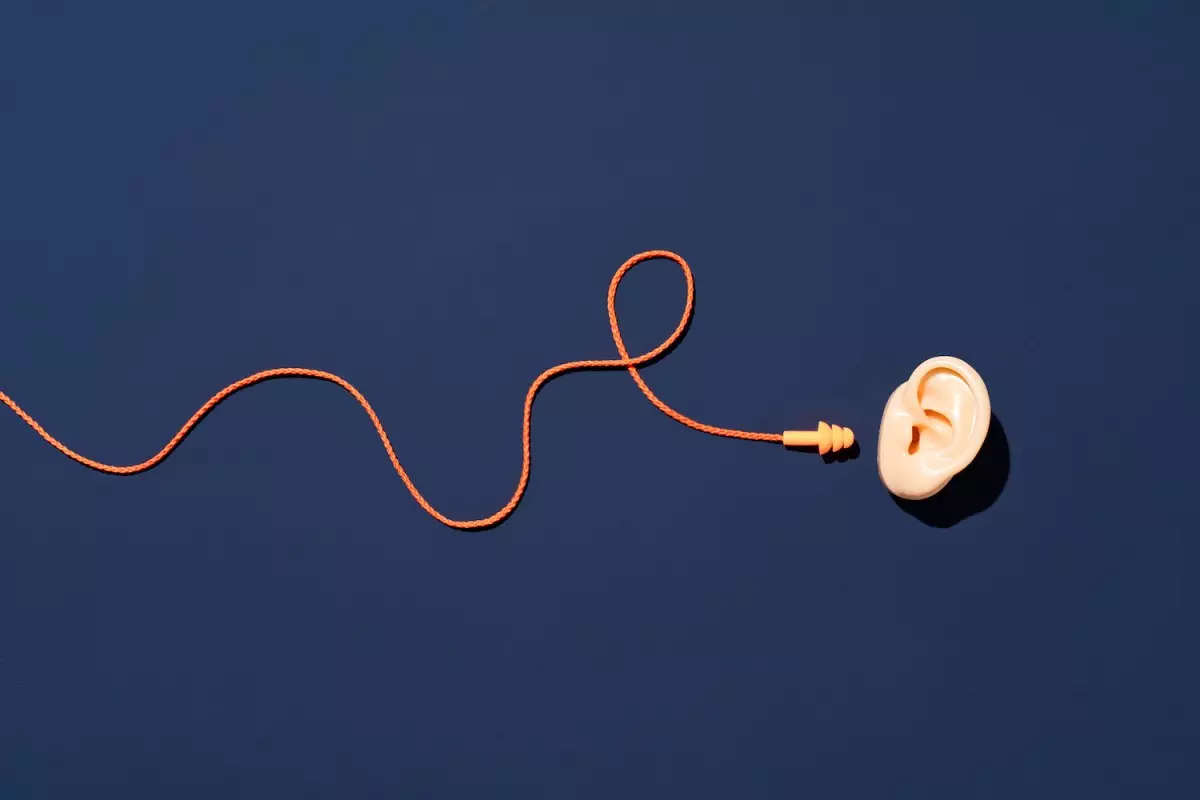In recent years, the rise in popularity of noise-canceling headphones has revolutionized how we experience sound in our daily lives. They are celebrated for their ability to create a serene auditory environment, offering solace from the cacophony of the modern world. However, beneath this surface allure lies a concerning issue: the potential long-term effects of this technology on auditory processing and cognitive capabilities. Reports have surfaced indicating that regular reliance on noise-canceling feature could disrupt our brain’s inherent ability to process and filter sounds.
A striking case highlighted in a recent BBC report features a 25-year-old British woman who, despite normal hearing test results, found herself struggling to focus on auditory stimuli. This led to a diagnosis of auditory processing disorder (APD), a condition characterized by the brain’s impaired ability to interpret sounds correctly and recognize spoken language. This example raises alarms about an emerging trend among young adults, as several audiology departments within the U.K.’s National Health Service have noted an uptick in referrals for similar auditory issues. Such observations beg the question: Is there a direct correlation between the pervasive use of noise-canceling headphones and the onset of APD?
One plausible explanation emerges from the understanding of how our brains adapt to stimuli. As individuals frequently utilize noise-canceling headphones, there are concerns that these devices may inadvertently create a reliance on artificial sound filtering, consequently diminishing the brain’s natural filtering abilities. The brain, constantly trying to adapt, may begin to forget how to process background noise effectively. This phenomenon illustrates the potential risks of technological dependence—while the devices provide immediate auditory relief, they may impose unforeseen cognitive consequences over time.
The widening scope of this issue has prompted medical professionals, including audiologists, to advocate for more extensive research. The anecdotal evidence of increased APD cases among headphone users suggests that a deeper investigation is warranted, exploring the long-term cognitive implications of noise-canceling technologies. Before we become too engrossed in convenience and comfort, it is essential to recognize that our auditory system is complex, and bypassing its natural processes could have serious repercussions.
As consumers, the time has come to weigh the benefits of noise-canceling technology against its potential pitfalls. While these devices may offer momentary enjoyment and relief from auditory overstimulation, individuals should consider their habitual use and what it might mean for their cognitive health. In an age where background noise is omnipresent, fostering awareness of how we engage with sound—and the tools we rely on to manage it—has never been more critical. The conversation surrounding noise-canceling headphones must expand beyond immediate gratification toward understanding the lasting impacts they may have on our auditory processing and overall brain health.

